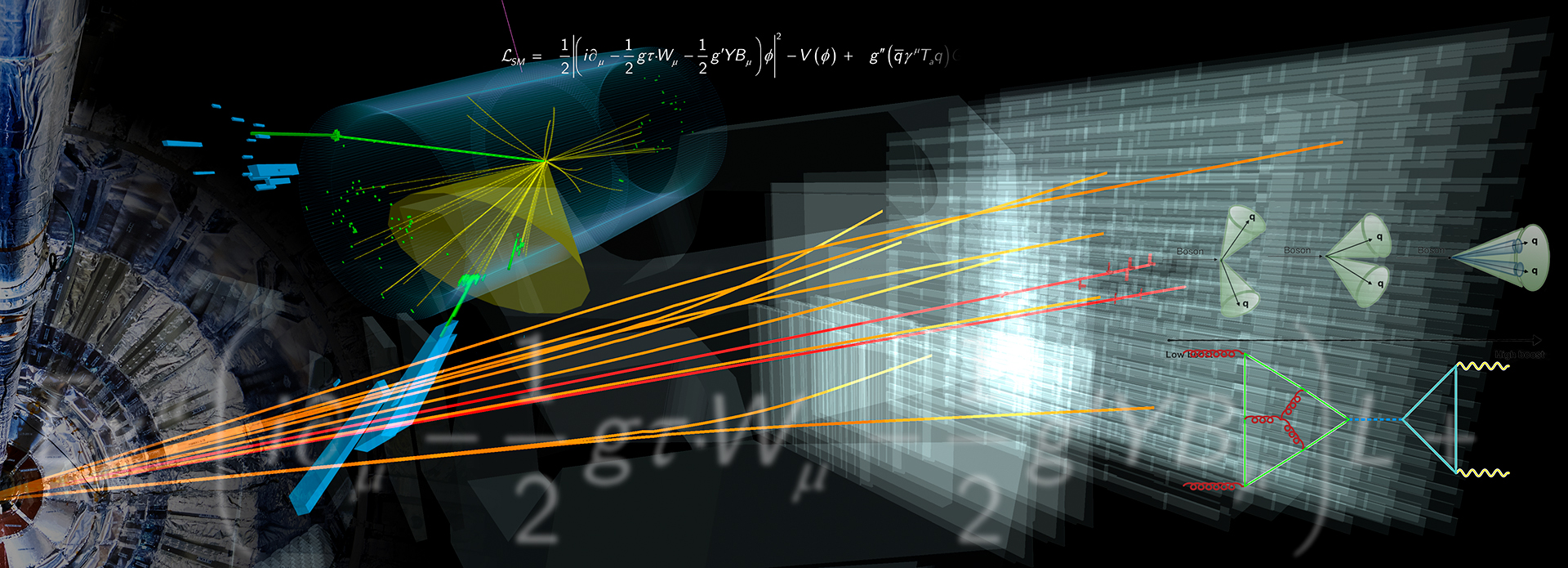A1c: Higher-order QCD corrections to Higgs boson production in weak boson fusion
| Principal investigators | |
|---|---|
| Prof. Kirill Melnikov | Karlsruhe Institute of Technology |
Subject
The goal of this project is to study the Higgs boson production in weak boson fusion at next-to-next-to-next-to-leading order (N3LO) in perturbative QCD. Reaching this accuracy in the description of Higgs production in weak boson fusion will allow improved determination of Higgs boson couplings and detailed studies of dynamics of QCD jets from first principles. It may also lead to an improved understanding of the relation between fixed order computations and improved parton showers and their comparative accuracy.
We will start by computing the NNLO QCD corrections to the production of the Higgs boson in weak boson fusion in the association with a jet, and we will use this result to perform interesting phenomenological studies. An application of the projection-to-Born methodology should then turn this result into a N3LO QCD correction to fully-differential Higgs boson production cross section in weak boson fusion. We will also explore the QCD interactions between the incoming quark and anti-quark lines that only appear at NNLO QCD. This is a very difficult task as the direct computation of the relevant graphs will require dealing with five-point two-loop diagrams. We will explore kinematic features of the weak boson fusion process, where jets with small transverse momenta and large rapidity gaps play an important role, to simplify the required computations and provide estimates of these effects in Higgs boson production in weak boson fusion.
Research Topics
- NNLO QCD corrections to WBF including Higgs boson decays
- NNLO QCD corrections to Higgs production in WBF in association with one additional jet
- N3LO QCD corrections to WBF using projection-to-Born method at a fully-differential level
- Beyond factorization approximation for QCD corrections: non-factorizable corrections in the logarithmic approximation, development of reduction techniques that account for the small parameter right away, real emission contributions to the non-factorizable corrections
